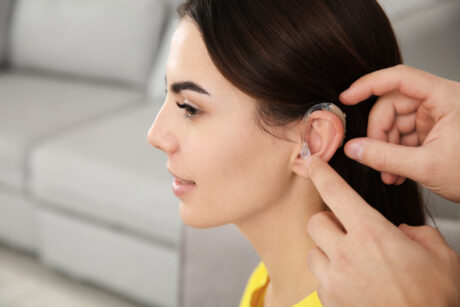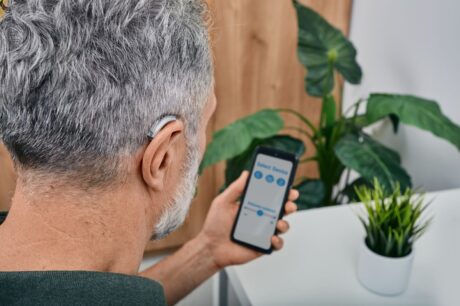Hearing tests play a crucial role in assessing your hearing health and detecting potential issues early on. Understanding the different types of hearing tests available can help you make informed decisions about your hearing care. This guide provides an overview of common hearing tests in Singapore and what to expect during the process.
What to Expect During a Hearing Test
A typical hearing test will consist of these steps:
- Case History: The audiologist will start by asking about your hearing concerns, medical history, and lifestyle.
- Visual Examination: An otoscopic examination will be performed to check your ear canal and eardrum for any abnormalities.
- Testing Procedures: You’ll be seated in a sound-treated booth or room to minimise background noise. The audiologist will administer the different hearing tests based on your needs.
- Results and Discussion: The audiologist will review the test results with you, explain any findings, and discuss recommendations for your hearing care.
Common Types of Hearing Tests
Hearing tests come in various forms, each designed to evaluate different aspects of your auditory system and diagnose potential issues.
- Pure-tone Audiometry: This is one of the most common hearing tests. During an audiometry test, you’ll wear headphones and listen to sounds at different frequencies and intensities. You’ll indicate when you hear a sound by raising your hand or pressing a button. This test helps determine the softest sounds you can hear at various frequencies, creating a graph called an audiogram.
- Speech Audiometry: This hearing test assesses your ability to understand speech. You’ll listen to and repeat words or sentences presented at different loudness levels. This helps evaluate your speech comprehension in quiet and noisy environments.
- Tympanometry: This test measures the movement of your eardrum in response to air pressure changes. It helps evaluate middle ear function and detect conditions like fluid buildup or Eustachian tube dysfunction.
- Acoustic Reflex Testing: This test measures the reflex of a tiny muscle in your middle ear (the stapedius muscle) in response to loud sounds. It helps assess the health of your middle ear and auditory pathways.
- Otoacoustic Emissions (OAEs) Testing: This test measures faint sounds produced by your inner ear in response to clicks or tones. It’s often used to screen for hearing loss in newborns and young children or to assess outer hair cell function in adults.
- Auditory Brainstem Response (ABR) Testing: This test measures brainwave activity in response to sounds. It’s used to evaluate the auditory nerve and brainstem pathways, often in infants or individuals who cannot provide behavioural responses during audiometry.
When to Get a Hearing Test

It’s important to get your hearing checked if you notice any signs of hearing loss, such as:
- Difficulty understanding speech, especially in noisy environments
- Turning up the TV volume louder than others prefer
- Frequently asking people to repeat themselves
- Ringing in the ears (tinnitus)
Other factors that may warrant a hearing test include:
- Age (especially over 65)
- Exposure to loud noise
- Family history of hearing loss
- Certain medical conditions
Regular hearing tests are important for older adults. Consider scheduling routine checkups to monitor your hearing health proactively. Early detection and intervention can significantly improve your quality of life and communication abilities.
Looking for personalised hearing solutions in Singapore? Schedule a comprehensive hearing test at Listening Lab. Our experienced audiologists can provide a thorough assessment and personalised recommendations to find the right treatment for you.











